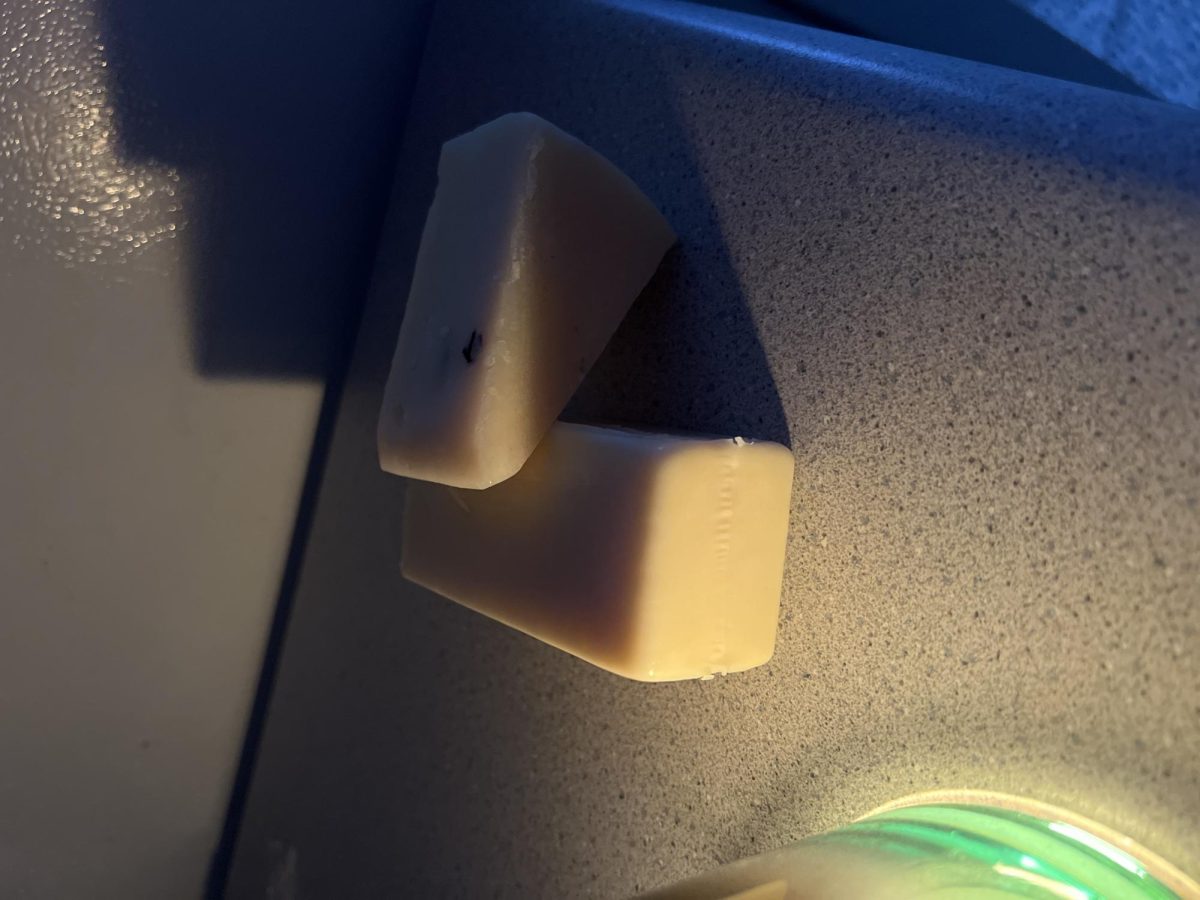It is March 11, 2020. I’m sitting with my friends at our lunch table as usual, when the director of our high school announces that we will not have school for the next two weeks. This new virus called COVID-19 gave us some unexpected “vacations.” What could possibly go wrong?
At first, I thought that a couple days off from school was the best thing that could happen to my friends and me. I recall how all of my high school cheered at the announcement. Little did we know that it was the start of a pandemic that would be present in our lives for more than two years.
COVID-19 came into our lives and changed the way things go in many aspects of our lives. Not only was school moved remotely for more than a year, but most jobs that were not considered “essential” got paused for months, eventually causing an economical crisis. This crisis impacted many families across the whole world, and it is something that will be marked in history.
Looking back, we can see COVID-19 as something in the past, but the reality is that nothing guarantees that it could not happen again. A couple of weeks ago, the very common disease among birds, cows, chickens and many other animals known as the “bird flu,” or H5N1, infected a person in Texas for the second time this year as there has been an outbreak on dairy farms. According to the Centers for Disease Control and Prevention (CDC), the person was exposed to infected cows and showed symptoms such as red eyes and conjunctivitis, or pink eye. This means that people who are infected are starting with tears and itchiness in their eyes.
The bird flu has been around since 1996, and, just as COVID-19, scientists have been able to see how it has mutated. It has been changing as it passes through different animals and, rarely, humans. As COVID-19 is something relatively recent, the CDC has called multiple state health departments such as Texas, to action and has asked to test people that have been exposed to infected animals.
NBC news has shared the different ways in which we could get infected, the most common one being close contact with infected animals, or surfaces of anything that has been close to them. The National Library of Medicine estimates that for plastic surfaces the virus can live up to 26 hours and on skin surfaces 4.5 hours. The main reason why scientists and everybody are worried about this flu is because of the many products we cultivate from cows. Although there are few cases of this disease, the recent pandemic has caused panic across the world. For this reason, everyone is taking more precautions for every new disease that appears post pandemic.
As a student that lived through COVID-19 in my sophomore year of high school, hearing about this new disease four years later as a sophomore in college makes me think about how a new pandemic would affect my life today. As a college student, I know that the opportunities and experiences that I am currently living are once in a lifetime, and I know that a new pandemic as widespread as COVID-19 would remove all of these possibilities in a blink of an eye.
Even though most of us have moved away from the typical precautions we used to take with COVID-19, the reality is that we should keep practicing them, as the transmission of this disease is similar to the ones of COVID-19. Since we already experienced a pandemic, and clearly it is not something that we want to go through again, we should be aware of our hygiene and safety such as washing our hands constantly, staying home if sick, wearing masks if needed, among others in our day-to-day life.
After four years of the pandemic, if there is something that we should thank COVID-19 for, it’s teaching us how great a “normal” day can be. After being in quarantine for months, we learned that we used to take our routines for granted. Now, our responsibility is to be aware of our surroundings and new risks like the bird flu, as we have learned from the past that in a matter of weeks, things can escalate very quickly.



















